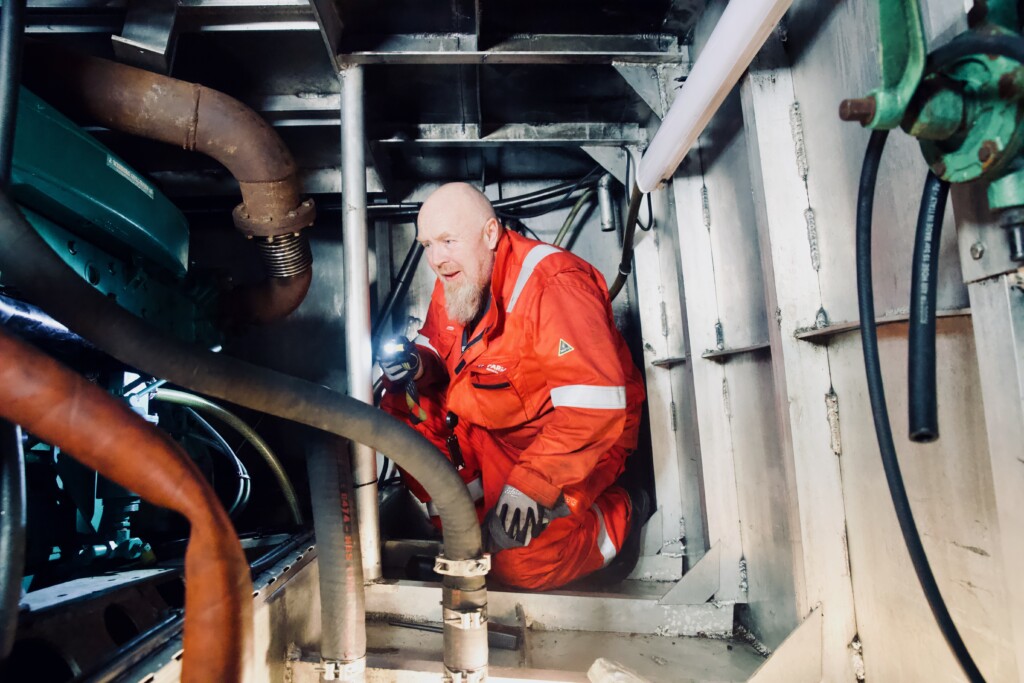Parts production on a new water cutting table
17 October 2023
A new water cutting table will provide a more environmentally friendly and efficient production of maritime parts at the FFS workshop in Lundevågen.
Here, lifting lugs are produced on the water cutting table.
Text: Sveinung W. Jensen, Tellus Kommunikasjon
- We are well underway, and have already made flanges for pipes and lifting lugs for boats. As we are currently the only local company with its own water cutting table, we hope for a collaboration with the nearby mechanical workshops, says John W. Nilsen, general manager of FFS.
A water cutting table, also known as a water cutting table, is an industrial machine that is used to cut various materials using a high-pressure jet of water mixed with an abrasive substance such as sand.
THIS MIX is able to cut through metal, stone, glass, ceramic, rubber and composite materials with great precision, without causing heat or deformation - which can be a problem with other cutting methods.
- A water cutting table is much more environmentally friendly than a normal burning table. Instead of gas, water is used. Simply explained, we are talking about an exceptionally powerful high-pressure washer that cuts with the water jet, says Nilsen.
PRODUCTION MESSAGE There are also many advantages to a water cutting table. If it is cut in a steel plate, no grinding or other processing of the material is needed afterwards.
- On a normal burner, you get a lot of slag. With water cutting, you can place what you are going to cut edge to edge. In this way, you utilize the entire steel plate and avoid wastage. You can print whatever you want, and it comes out finished, so this is insanely efficient, says Nilsen, and adds:
- In addition, this is robotic production. Whoever controls the water cutting table can do other things while the machine does the work.
SO FAR IS three FFS employees at the workshop trained to operate the water cutting table. The main responsibility for the machine lies with Kjetil Juliussen (pictured in the film above).
- We will of course use it to make parts needed for our own maintenance. But we also hope to be able to meet a need for other actors. We do not want to compete with the established mechanical workshops, but instead hope for a collaboration where we can supplement them, says Nilsen.


